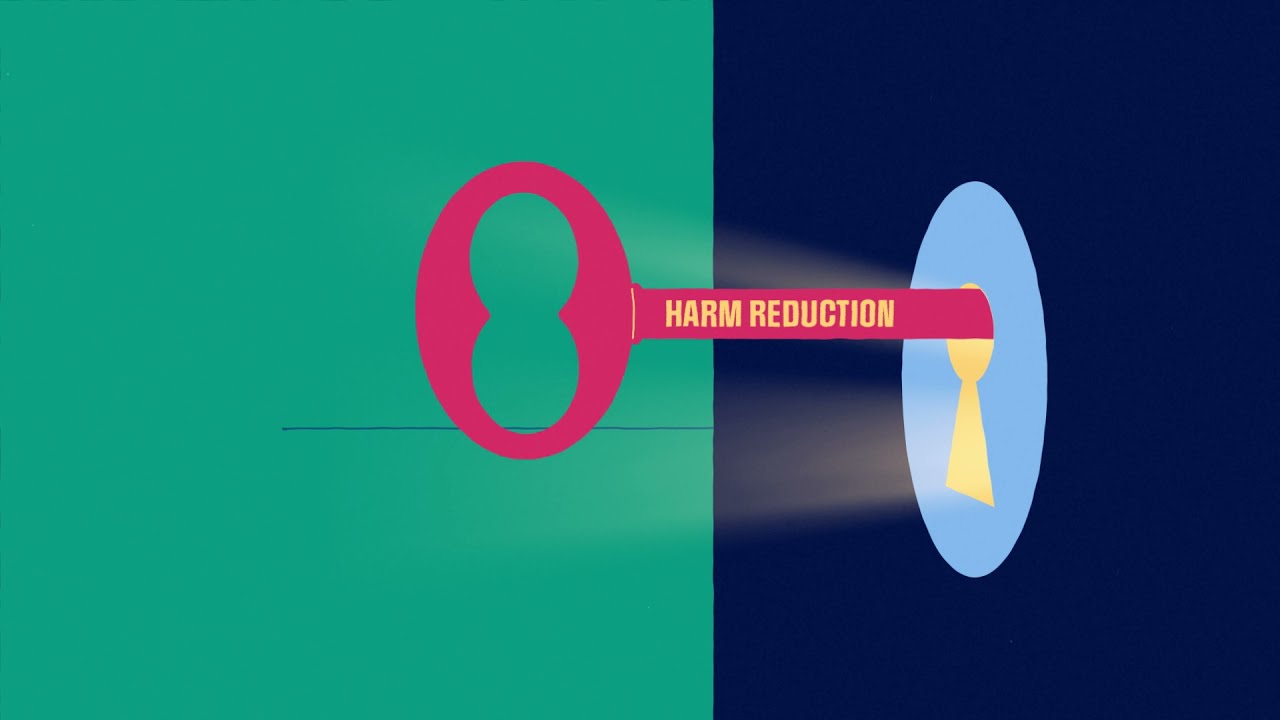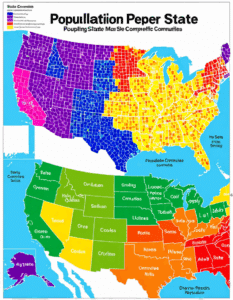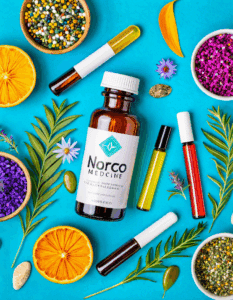What Are Harm Reduction Policies?
Harm reduction policies are a non-judgmental approach to minimizing the adverse health, social, and legal impacts of drug use, drug policies, and drug laws. These practical strategies and ideas are rooted in the belief that individuals who use drugs deserve dignity and respect. The primary goal isn’t necessarily to eradicate drug use but to reduce its harmful effects on individuals and communities. Emphasizing safety over prohibition, harm reduction policies focus on public health, acknowledging that complete abstinence may not be realistic for everyone.
The Evolution of Harm Reduction Policies Over Time
Harm reduction policies have come a long way since their inception in the mid-20th century. Initially concentrated on preventing the spread of infectious diseases like HIV among intravenous drug users, these policies have expanded to address a variety of health and social issues. Countries such as Switzerland and Portugal have been pioneers in this area, implementing diverse harm reduction strategies with impressive results. Their approaches have set a precedent for how effective harm reduction policies can be in improving public health.
| **Harm Reduction Policy/Practice** | **Description** | **Benefits** | **Evidence of Effectiveness** | **Challenges** |
|---|---|---|---|---|
| Needle/Syringe Distribution Programs | Services provide clean needles/syringes to intravenous drug users. | Reduces transmission of blood-borne diseases (e.g., HIV, Hepatitis C), decreases unsafe disposal of needles. | Several studies show significant reduction in HIV transmission rates among users. | Public opposition, funding issues, ensuring consistent usage by users. |
| Opioid Substitution Therapy (OST) | Use of medications (e.g., methadone, buprenorphine) to treat opioid dependence. | Decreases opioid use, reduces risk of overdose, stabilizes lives. | Extensive research demonstrates reduced heroin use, lower criminal activity, improved social functioning. | Accessibility, stigma, regulatory restrictions. |
| Supervised Injection Sites (SIS) | Safe places where people can inject pre-obtained drugs under medical supervision. | Reduces overdose deaths, increases engagement with health services. | Evidence from locations like Vancouver shows decreased overdose deaths and increased referrals to treatment. | Controversy, securing locations, legal and political challenges. |
| Naloxone Distribution Programs | Distributes naloxone, a medication that can reverse opioid overdoses. | Saves lives by reversing the effects of opioid overdoses. | Widespread evidence of effectiveness in preventing overdose deaths. | Availability, user training, overcoming stigma. |
| Drug Checking Services | Allows individuals to test the purity and content of their drugs before use. | Reduces risk of overdose from unknown contaminants, informs safer usage choices. | Studies indicate decreased instances of overdose from contaminated substances. | Legal issues, ensuring widespread and easy access. |
| Education and Outreach Programs | Provides information on safe drug use practices, health resources, and supports. | Increases knowledge on harm reduction, connects users to support services. | Positive correlations between education and reduced risk behaviors. | Funding, reaching marginalized populations. |
| Good Samaritan Laws | Legal protections for individuals who seek emergency help for someone experiencing an overdose. | Encourages people to call emergency services without fear of arrest. | Research indicates increased willingness to call emergency services during an overdose situation. | Awareness of the law, inconsistencies in law application. |
| Housing First Programs | Provides housing without prerequisites for sobriety or treatment. | Stabilizes living conditions, improves overall health and reduces emergency room visits. | Studies show significant positive impacts on health and housing stability for participants. | Funding, community resistance, integrating services. |
| Staged Behavioral Change Interventions | Supports individuals through various stages of change: precontemplation, contemplation, preparation, action, and maintenance. | Tailors interventions to readiness for change, enhancing effectiveness. | Proven model for facilitating whether reducing risky behaviors or adopting healthy practices. | Requires personalized approach, continuous support needed. |
Top 5 Effective Harm Reduction Policies in 2024
Needle Exchange Programs provide sterile syringes to individuals who use injectable drugs. This simple yet effective measure has significantly reduced the spread of HIV, Hepatitis C, and other infections. For instance, the New York City Harm Reduction Coalition’s NEP has reported a 70% decrease in new HIV infections among its participants over the past decade, demonstrating the powerful impact of these programs.
Insite, North America’s first legal supervised injection site, offers medically supervised spaces for individuals to use pre-obtained drugs safely. This facility has not only prevented countless overdose deaths but also serves as a gateway to detox and treatment services. Insite’s dual focus on immediate harm reduction and long-term recovery support makes it a model for similar initiatives.
Opioid Substitution Therapy involves replacing illicit opioids with less harmful medications like methadone or buprenorphine. Sweden’s Methadone Maintenance Program has achieved a 40% reduction in opioid-related deaths. Moreover, it has provided a starting point for many individuals on their recovery journey, showing that harm reduction can be a stepping stone towards lasting change.
Drug-checking services allow users to test the content and purity of their drugs, thereby reducing the risks associated with adulterated substances. DanceSafe, a notable organization at U.S. music festivals, offers on-site drug testing and educational resources. This service has resulted in a significant decrease in drug-related emergencies, underlining the importance of knowing what substances are being consumed.
Naloxone, an opioid overdose reversal drug, has saved countless lives through comprehensive distribution programs. Project DAWN (Deaths Avoided With Naloxone) in Ohio has distributed over 100,000 naloxone kits, reversing thousands of overdoses. These programs are often paired with follow-up care, demonstrating that immediate intervention can lead to longer-term recovery.
The Role of Lawmakers and Community Organizations
The success of harm reduction policies depends on the coordinated efforts of lawmakers, health professionals, and community organizations. Legislation in favor of harm reduction initiatives, such as the decriminalization of drug possession and funding for harm reduction services, creates a supportive environment for these strategies. Community organizations are on the front lines, offering direct services, conducting outreach, and building trust with at-risk populations. Drug policy reform remains a crucial area that requires continued advocacy and support.
Real-World Impact: Success Stories and Statistics
Implementing harm reduction policies has led to remarkable outcomes worldwide:
Future Perspectives and Innovations in Harm Reduction Policies
Looking ahead, harm reduction policies are set to evolve with advancements in technology and holistic approaches. Innovations like app-based needle exchange and remote naloxone training sessions are currently being tested. Integrating harm reduction with broader healthcare systems, including mental health services and housing solutions, promises a more comprehensive approach to drug safety and recovery. For example, Government And Policy initiatives that align with harm reduction can build a supportive environment for these innovations to flourish.
A Path Forward: Embracing Comprehensive Solutions
The efficacy of harm reduction policies in mitigating the adverse effects of drug use is well-documented. By promoting health, ensuring safety, and upholding the dignity of individuals, these policies provide a beacon of hope for communities grappling with addiction. Embracing these comprehensive solutions offers a future where harm reduction becomes a cultural shift towards empathy, health, and respect for all.
Effective harm reduction policies, as shown above, have the power to transform lives and communities. They need robust legislative support and extensive community involvement to reach their full potential. By acknowledging the value of dignity and compassion, we can create a safer, healthier future for everyone.
Discover more about how we at www.MothersAgainstAddiction.org are supporting parents and advocating for policies that save lives and families affected by addiction. Together, we can make a difference.
Harm Reduction Policies: Effective Drug Safety Solutions
What is Harm Reduction?
Harm reduction policies focus on minimizing the negative effects associated with drug use, without necessarily requiring the cessation of use. They’re like a lifeline, particularly for those grappling with addiction. Let’s be honest—steering clear of substances isn’t always a walk in the park. Harm reduction provides safer ways to use drugs, reducing the risks and consequences. It’s not only about the substances—harm reduction policies can also lessen the stigma surrounding drug use, which is monumental in Overcoming guilt And shame that parents and the individuals themselves often feel.
Safer Substance Use
One significant aspect is the idea of using substances in the safest way possible. Needle exchange programs, for instance, provide sterile needles to users to prevent the spread of diseases like HIV and Hepatitis. Did you know that Bill Guarnere, a war hero, once found himself in sticky situations that, metaphorically speaking, parallel the risky environments today’s drug users face? Harm reduction policies aim to make those environments a bit safer.
Medication-Assisted Treatment
Another trivia nugget: The implementation of Medication-Assisted Treatment (MAT) programs is a crucial part of these policies. These programs combine medications like methadone and buprenorphine with counseling and behavioral therapies, making it easier for people to reduce or quit their drug use. Unlike applying for online Loans For bad credit Guaranteed approval, which offers an immediate solution, MAT programs require a more sustained effort but prove effective in the long run. It’s a multifaceted approach, providing a stable foundation for recovery.
What You Didn’t Know
Here’s a fun fact to ponder: The debate around harm reduction policies can sometimes seem as intense as figuring out Which Demon slayer character are You. While public opinion varies, the objective data often wins the day, showing that these policies save lives and reduce the long-term costs of healthcare. Moreover, they help in addressing prescription drug abuse, an issue that’s been making waves more than ever.
Community Impact
Harm reduction isn’t just a policy; it’s a community shift. By offering support rather than judgment, these initiatives create an environment where individuals can seek the help they need. Just as one reads the Press Of Ac Obituaries and reflects on lives lost, harm reduction policies aim to reduce preventable deaths and celebrate lives saved. The ripple effect on families and communities is immense, fostering a more compassionate and effective approach to drug safety.
By embedding these fun facts and trivia, we can appreciate the multifaceted nature of harm reduction policies and their substantial impact on both individuals and communities.

What is the harm reduction program?
Harm reduction is a non-judgmental approach focused on policies, programs, and practices that aim to minimize the adverse health, social, and legal impacts of drug use, drug policies, and drug laws. It is an evidence-based approach, prioritizing practical, compassionate, and respectful strategies over punishment or abstinence-only measures.
Which of the following is an example of a harm reduction strategy?
Providing clean needles to reduce the harms associated with intravenous drug use is a well-known harm reduction strategy, ensuring that those who use drugs can do so more safely.
What is another word for harm reduction?
Another word for harm reduction is harm minimization, which encompasses measures and policies aimed at reducing the negative outcomes associated with risky behaviors.
What are the stages of change in harm reduction?
The stages of change include precontemplation, contemplation, preparation, action, and maintenance. These stages consider the individual’s decision-making process and recognize that most people aren’t ready to change immediately but progress through these phases.
What is the civilian harm reduction action plan?
The civilian harm reduction action plan refers to community-based efforts and strategies designed to reduce the negative impacts of various behaviors, such as drug use, through safe practices and supportive resources.
What is the harmful program?
A harmful program is not applicable in this context, as it usually refers to interventions or actions that inadvertently cause additional harm or risk to individuals.
What is an example of a risk reduction strategy?
An example of a risk reduction strategy is providing access to safe injection sites, where individuals can use drugs under medical supervision, reducing the risk of overdose or infection.
What is the harm reduction unit?
A harm reduction unit operates within communities to implement various harm reduction strategies, such as needle exchange services and safe consumption spaces, aiming to improve health outcomes and reduce harm.
What is a harm reduction job description?
Job descriptions in harm reduction typically involve providing education, support, and resources to individuals engaging in high-risk behaviors. This can include outreach work, counseling, and the distribution of harm reduction supplies.
What is the word for preventing harm?
Another word for preventing harm is “safeguarding,” which encompasses actions and measures taken to protect individuals from potential harm.
What is the word for minimizing harm?
Minimizing harm can be described as “mitigation,” which involves actions intended to reduce the severity and adverse effects of certain behaviors or situations.
What is a word for relief from harm or discomfort?
A word for relief from harm or discomfort is “alleviation,” which means reducing the intensity of pain or suffering.
Which of the following is the most potent opioid?
Fentanyl is the most potent opioid, being significantly stronger than morphine and heroin, and is often involved in overdose cases.
Which of the following is not a clinical principle of harm reduction?
A non-clinical principle of harm reduction is abstinence-only education, which doesn’t align with the harm reduction framework’s focus on practical and evidence-based strategies.
Is naloxone an opioid?
Naloxone is not an opioid. It’s a medication used to reverse opioid overdoses, blocking the effects of opioids on the brain.
What is a harm reduction job description?
Harm reduction job descriptions typically involve providing direct support to individuals, connecting them with resources, and working to reduce the harmful impacts of risky behaviors through education and services.
What is the harm reduction unit?
Harm reduction units are specialized teams or facilities dedicated to implementing and managing harm reduction strategies within communities, such as needle exchange programs and safe consumption spaces.
What is the risk Reduction Program Michigan?
The Risk Reduction Program in Michigan focuses on implementing strategies that reduce the risks associated with substance use, providing resources, education, and support to enhance public health and safety.
What is the harm reduction model occupational therapy?
The harm reduction model in occupational therapy involves supporting individuals in making safer choices, managing risks related to their behaviors, and providing education and resources to improve their overall well-being and functionality.




























